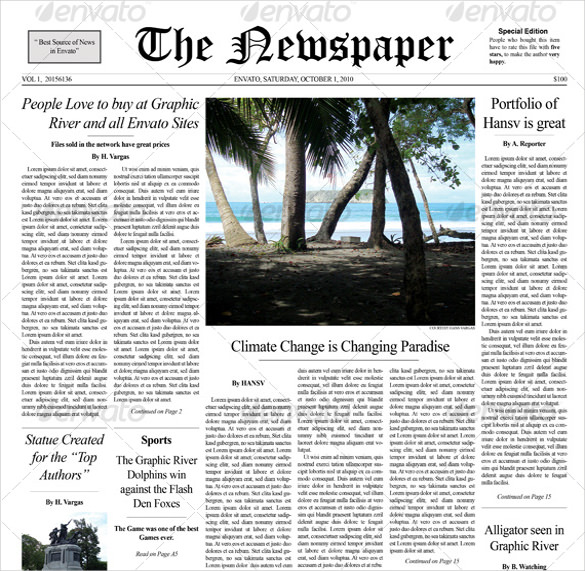One interesting concept from chapter 6 of Cairo’s book is the Gestalt school of thought. This theory is centered around the fact that our brains do not see shapes and colors individually, but rather our brains perceive objects and images collectively. This means that our brains are able to separate patterns in an image quickly and efficiently. Our brains are able to organize the information we are viewing without any evident effort on our part. This is exemplified in information graphics through various design elements and choices. This theory can be seen in the proximity of certain images, the similarity of objects, whether or not the content is connected, the continuity of objects, or whether there is closure around related content. Each of these concepts lends to Gestalt’s theory about how our brains rapidly process and organize graphics that are strategically designed to combine or connect similar information and separate different types of information.
One example of how society implements design principles that are directly correlated to Gestalt’s school of thought is the appearance and style of a newspaper. Newspapers exemplify multiple ideas from Gestalt’s theory. For instance, the concept of proximity. The layout of a newspaper ensures that images, text, and writer information are grouped together, so that readers will be able to quickly identify that those pieces of content and information are related. Newspapers also separate similar content from the rest of the paper. The newspaper has distinct sections (business, sports, politics, etc.) that assist readers in quickly turning to the types of writing and stories that interest them. Another way that newspapers implement Gestalt’s design theories is by using closures around pieces of related content. Sometimes the newspaper will use thin lines between stories to indicate that those are separate stories. Mainly, newspapers utilize white space to separate and enclose certain content. Even though there is a lot of information and words on a single page of a newspaper, it is crisply broken up by white space that strategically separates columns, paragraphs, images, and stories throughout the entire paper.
Utilizing Gestalt’s theory in a newspaper is vital to enhancing the readability and navigation of the document. There are a lot of words and stories on a newspaper, and if this information was jumbled together without any separation or space, the document would incoherent. We need the visual cues and distinct separations to understand what we are looking at and reading. The proximity of images and text, the separation of similar content, and the closures around stories through the use of white space are all vital to being able to efficiently present a newspaper that readers will enjoy and comprehend.
Which idea from Gestalt’s theory (proximity, similarity, connectedness, continuity, or closure) do you think works the best for quickly organizing information in your brain and discovering patterns? Do they all have the same impact for you or do they vary? Why are they different for you or why are they the same?

Image Credit: Template.net